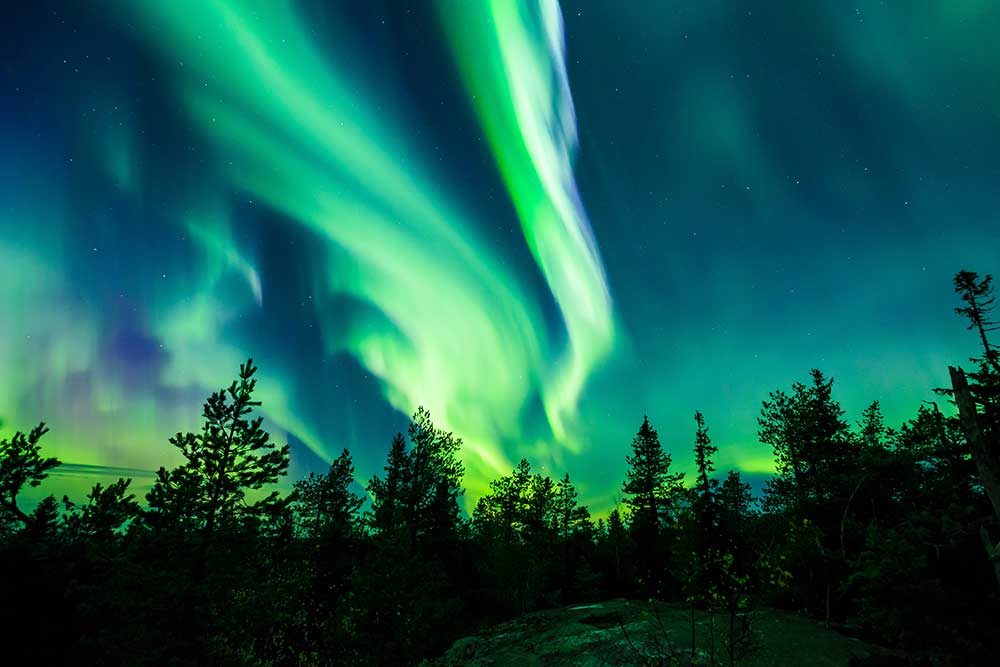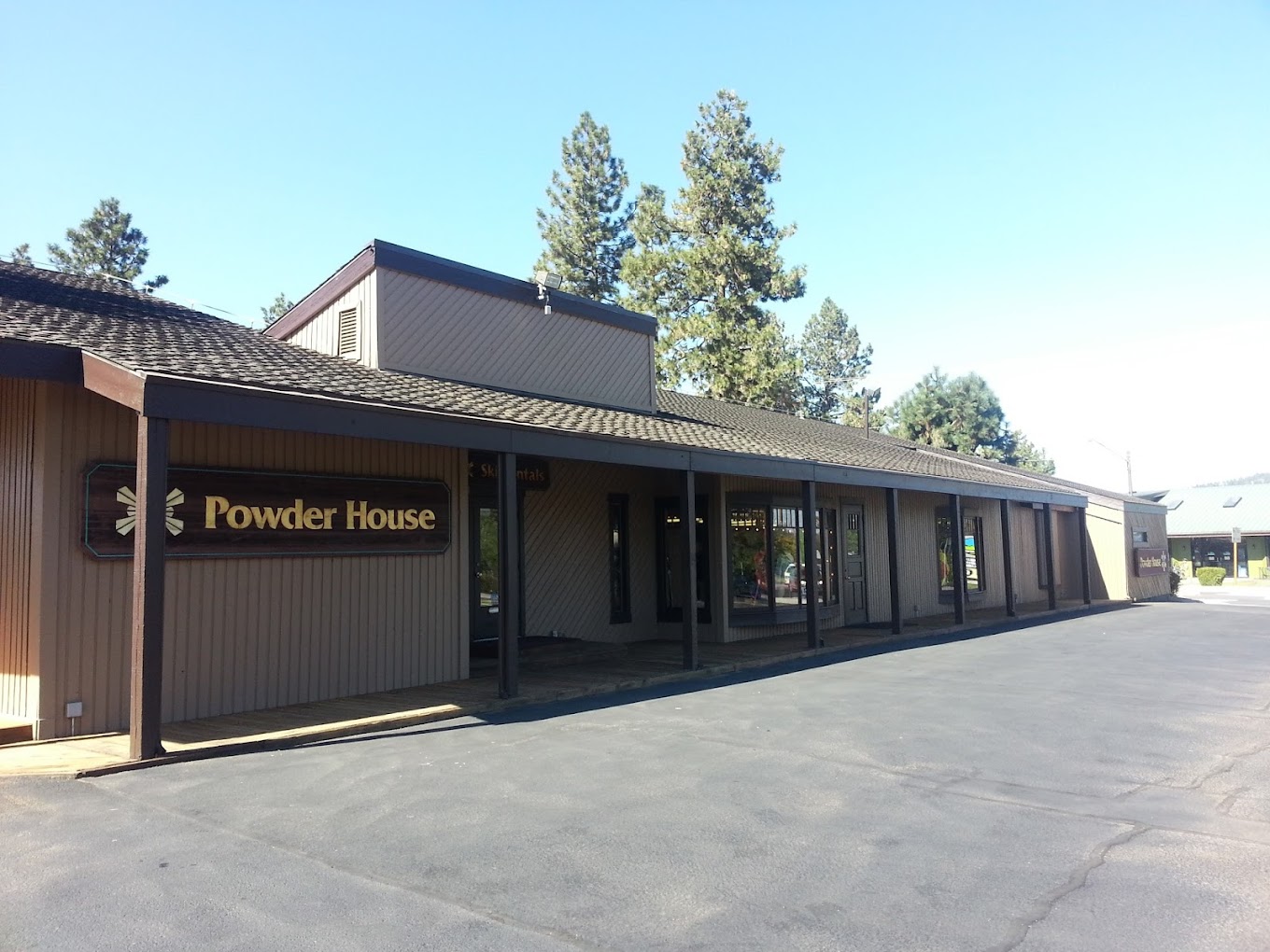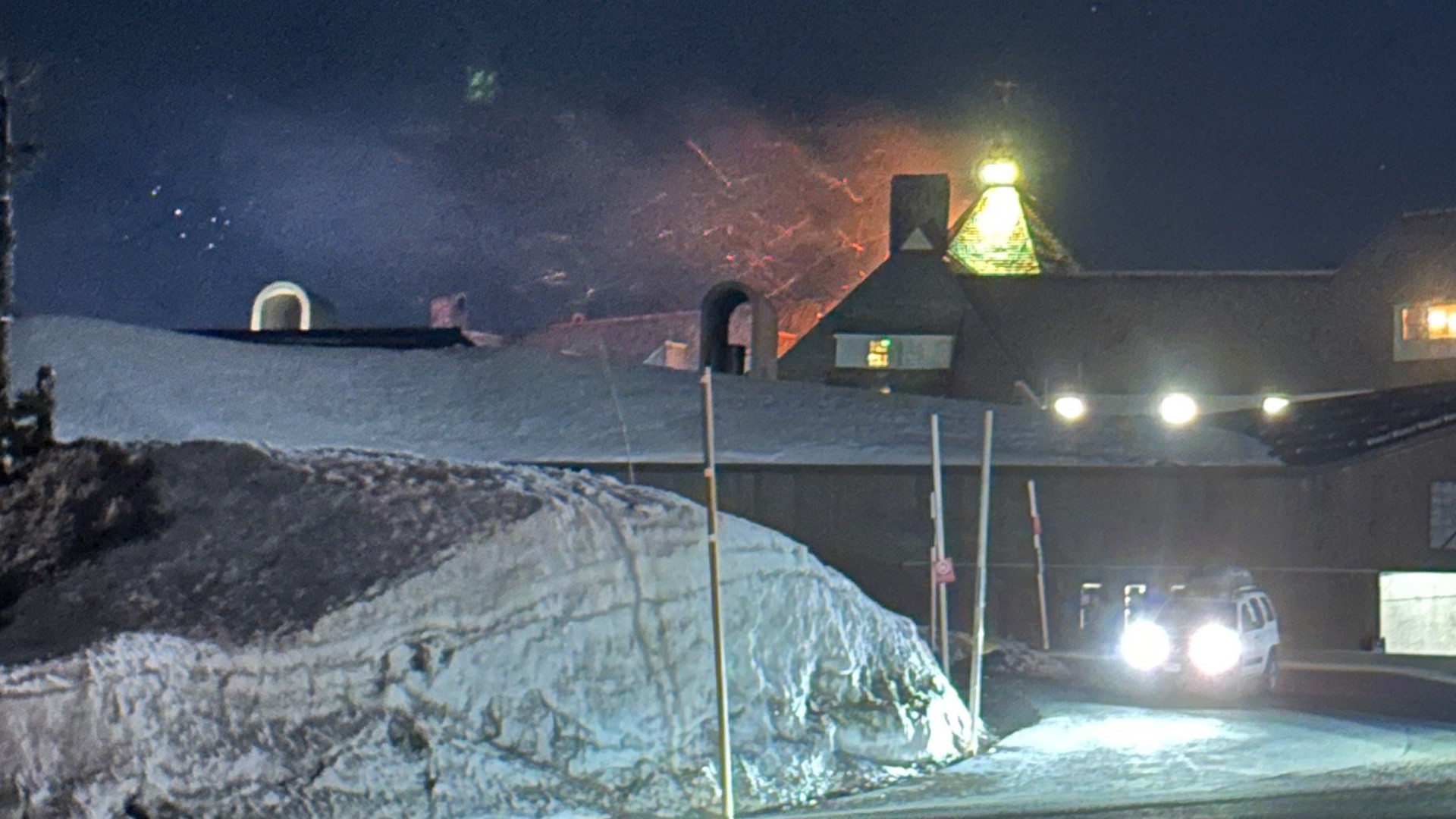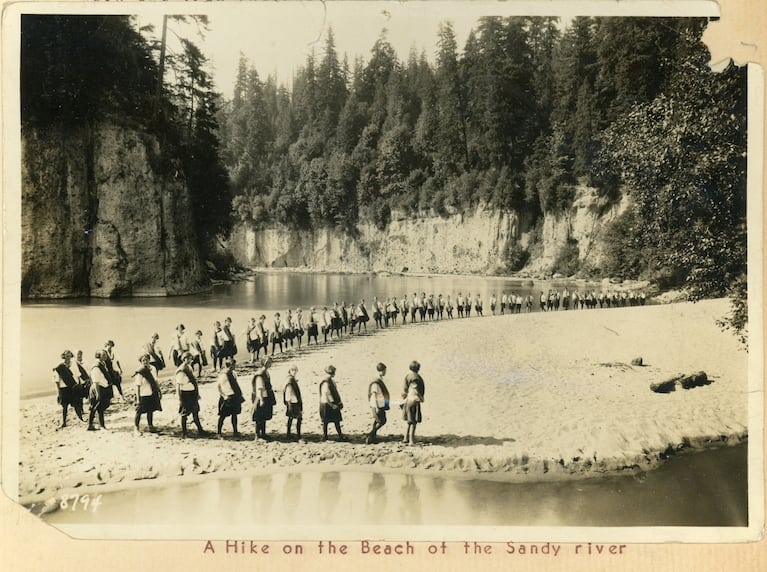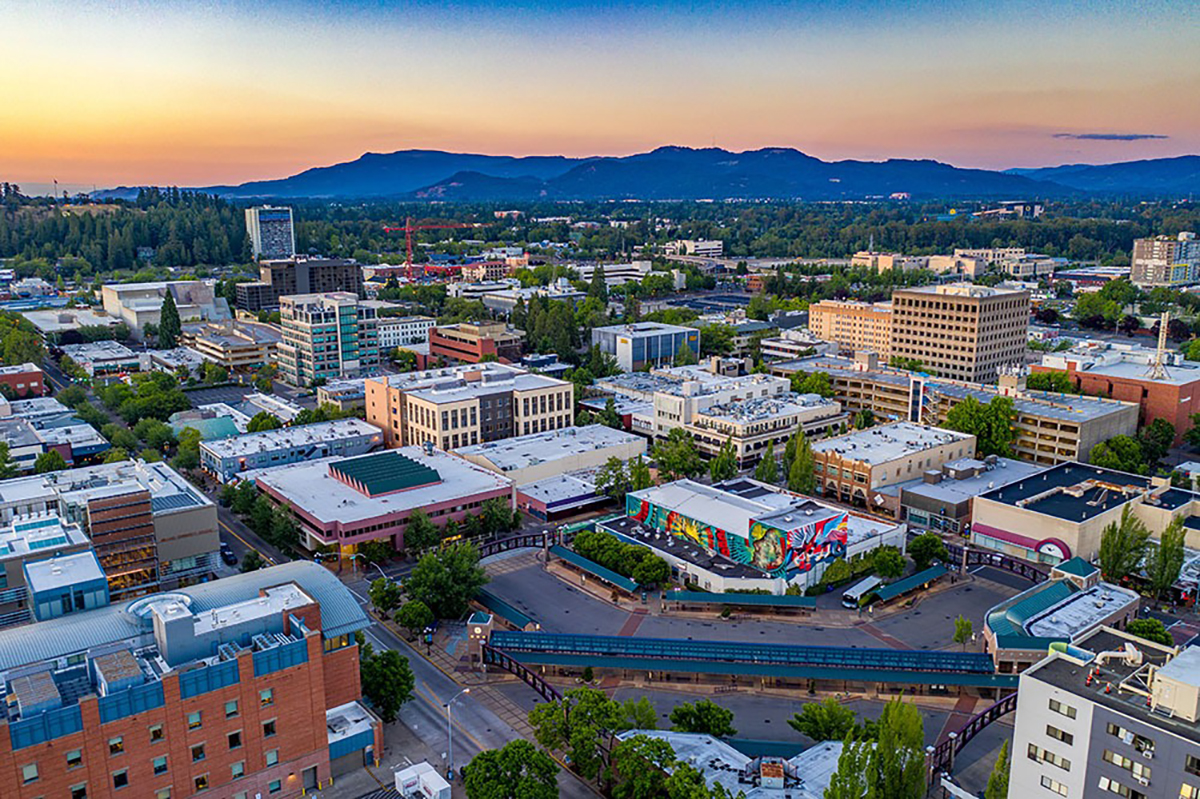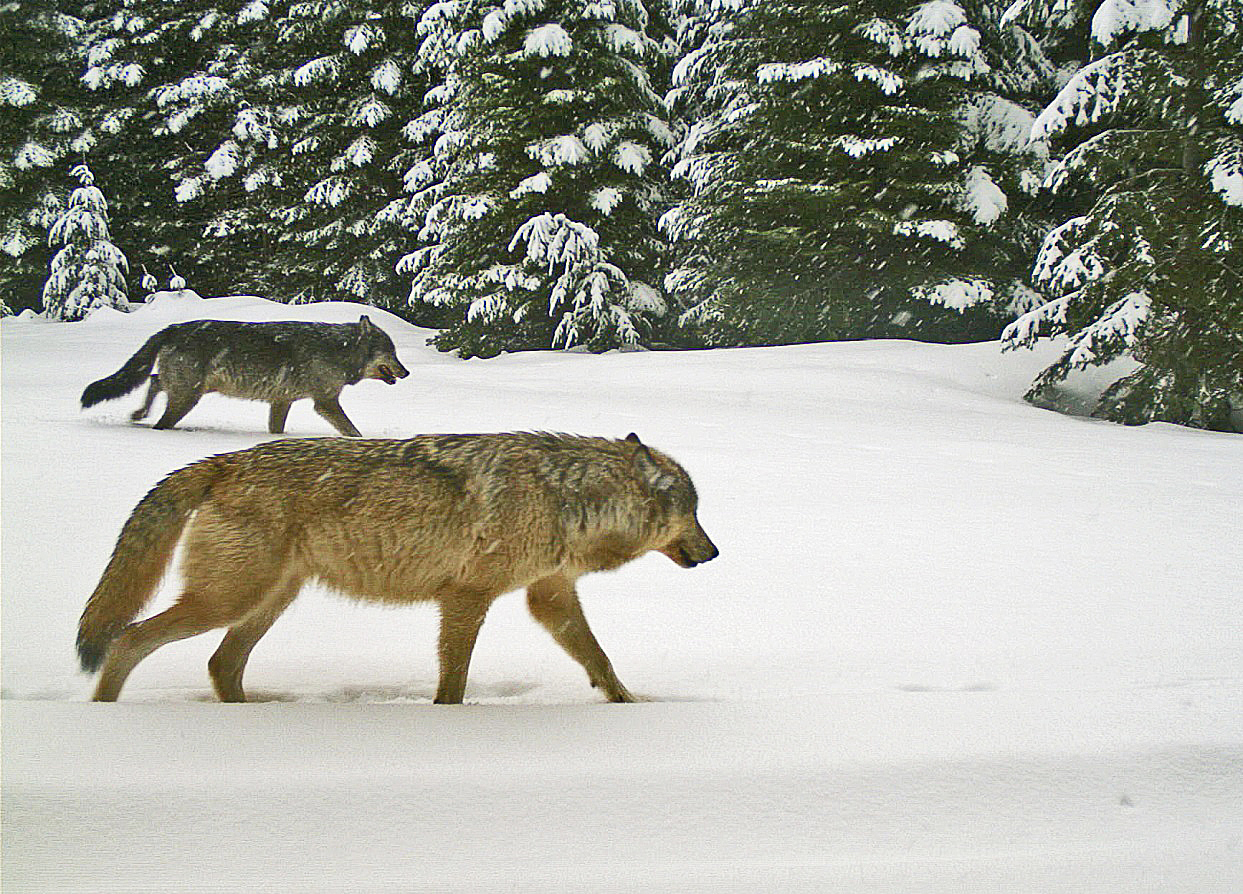UPDATE: We made an error on reporting this, and need to set things straight. Despite what was buzzing around, according to Jim Todd, the OMSI Director of Science Education, we’re not going to catch the aurora borealis light show in Portland or anywhere else in Oregon this week. Read more here.
Hey folks, get ready for a celestial spectacle! Brace yourselves for a solar storm coming up this Thursday, which is expected to treat sky-watchers in 17 American states with a rare glimpse of the Northern Lights. You know, that breathtaking display of colors that lights up the sky when the solar wind collides with our atmosphere.
Typically, the Northern Lights, also called aurora borealis, are seen in places like Alaska, Canada, and Scandinavia. But here's the kicker: thanks to an 11-year solar cycle reaching its peak in 2024, these stunning lights are becoming visible even in more southern locations. Just three months ago, they made an appearance in Arizona, marking the third major geomagnetic storm since the solar cycle began back in 2019.
According to the experts at the Geophysical Institute, located at the University of Alaska in Fairbanks, Thursday's auroral activity is expected to grace the skies of Alaska, Oregon, Washington, Idaho, Montana, Wyoming, North Dakota, South Dakota, Minnesota, Wisconsin, Michigan, New York, New Hampshire, Vermont, Indiana, Maine, and Maryland. Oh, and Canada, including Vancouver, will also be in for a treat!
If you're wondering where exactly you should be stationed for the best views, the Geophysical Institute has got your back. They predict that Milwaukee, Minneapolis, and Helena, Montana, will offer an overhead spectacle, while Salem, Oregon; Boise, Idaho; Cheyenne, Wyoming; Annapolis, Maryland; and Indianapolis will showcase the lights hugging the horizon. So, pick your spot accordingly.
To make the most of this magical event, the National Oceanic and Atmospheric Administration's Space Weather Prediction Center recommends escaping the bright lights of the city. Find a cozy spot away from all the hustle and bustle, and prepare yourself for an enchanting experience. The prime time to witness this natural wonder falls between 10 p.m. and 2 a.m. local time.
Now, let's talk science for a moment. The Northern Lights occur when a magnetic solar wind collides with the Earth's magnetic field, causing atoms in the upper atmosphere to emit a dazzling glow. These lights appear suddenly, and their intensity can vary, creating a mesmerizing display that leaves us in awe.
Speaking of intensity, there's a geomagnetic index called Kp that rates auroral activity on a scale from zero to nine. Zero means not very active, while nine indicates a bright and active display. The Geophysical Institute's forecast for Thursday's storm is a Kp 6, so we can expect quite a show!
So, mark your calendars, grab your cameras, and prepare to witness the beauty of nature's own light show. The Northern Lights are making their way to a sky near you, and who knows, we might even be seeing them more often in the future.
If you're eager to stay updated on the aurora forecasts, the NOAA's website is your go-to source. They provide the latest predictions and insights into this celestial spectacle.
Speaking of which, the upcoming storm is quite noteworthy. It's the fourth solar storm we've encountered since 2019. The last time the Northern Lights graced our skies was back in April, delighting sky-gazers across a whopping 30 states.
So, make sure to bookmark the NOAA's page and stay tuned for the latest updates on the mesmerizing Northern Lights. It's an experience you won't want to miss!

